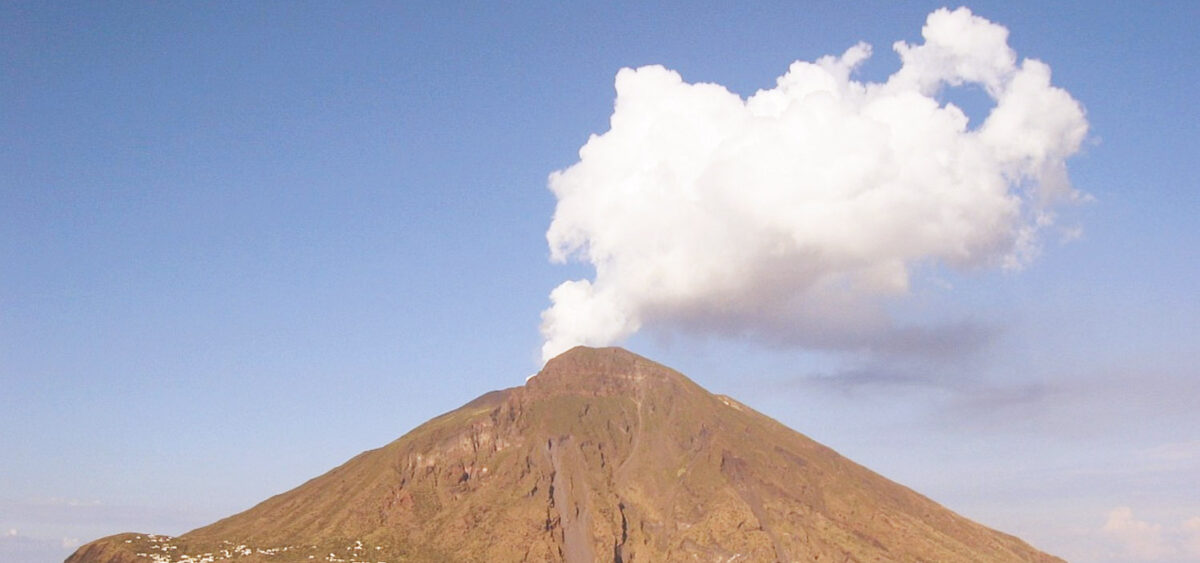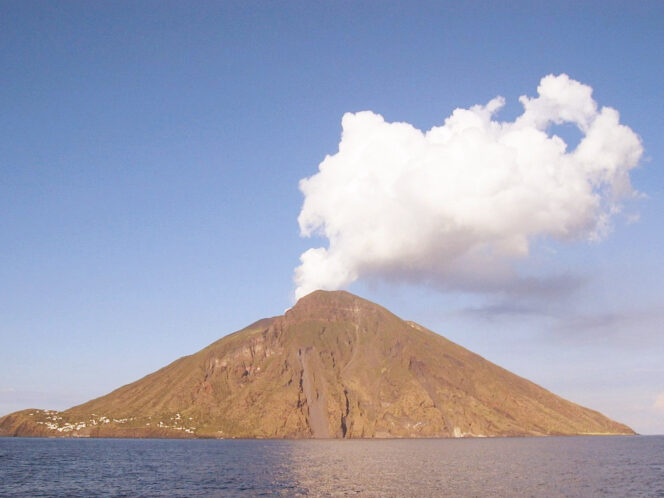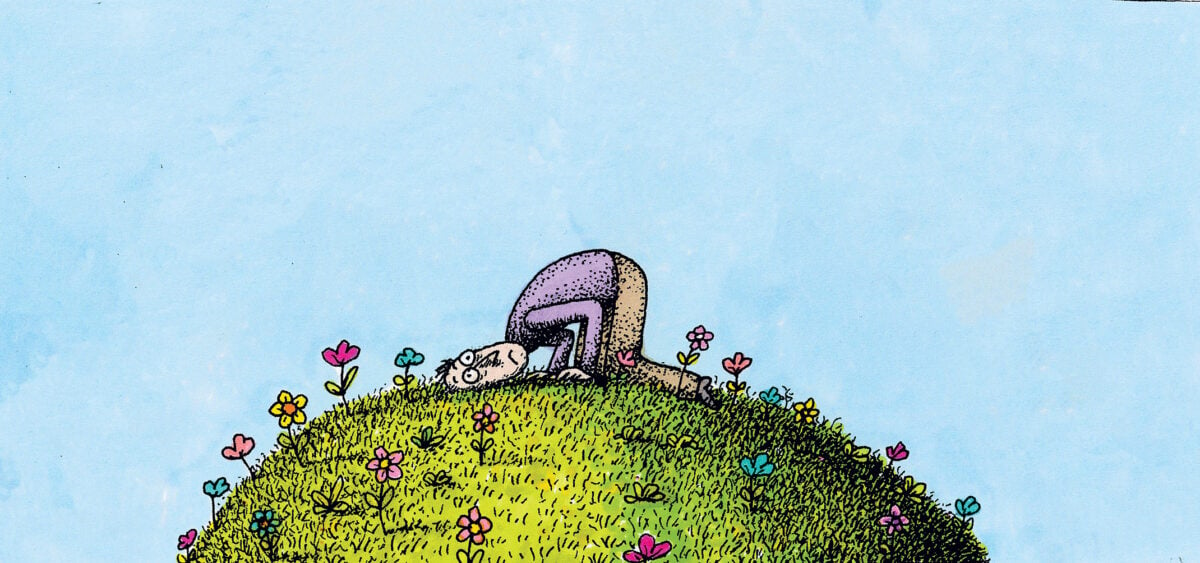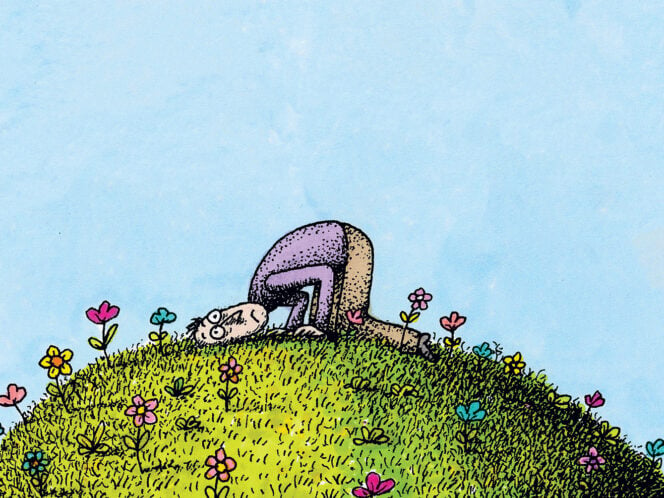
Are you looking to combine the admiration for the beauty and power of nature with a shiver of emotion and a pinch of fear? Then you need to observe active volcanoes: from the rim of a crater, from a neighbouring summit, from the water or from the air.
Volcanoes are present on all continents – from Europe all the way to Antarctica. They fascinate and frighten at the same time. They bring life (volcanic soil can be exceptionally fertile) as well as death. They make us aware of the destructive power of nature. For many religions, volcanoes are dwellings of the gods, and any eruptions are evidence of their wrath.
Based on the presence of magma








